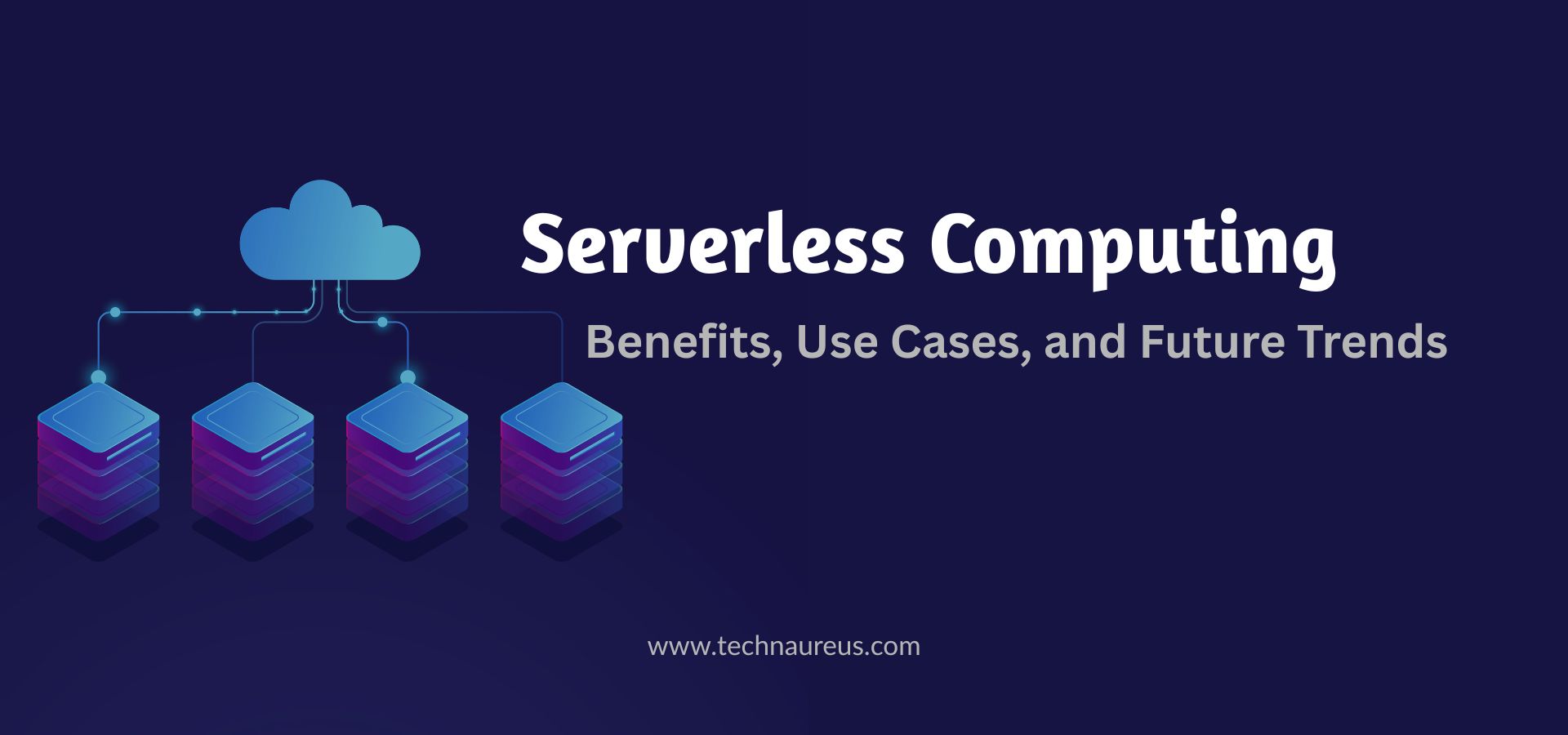Sarath lalJuly 2, 2025
Have you ever built a web app or API and felt overwhelmed by the idea of managing servers, scaling, or uptime? You're not alone. Traditionally, deploying apps meant spinning up servers, handling traffic spikes, and constantly monitoring performance. But serverless computing is changing that.
In this post, we'll explore what serverless computing really means, break down its benefits, look at real-world examples, and discuss trends that hint at where it's headed.
Despite the name, serverless computing doesn't mean there are no servers. It means developers no longer have to worry about managing them.
In simple terms, serverless computing is a cloud model where your cloud provider runs the server and dynamically manages the allocation of machine resources. You write code and deploy it—the cloud handles the rest.
With serverless, you:
Popular serverless platforms include:
Serverless computing offers several practical advantages, especially for small teams and startups:
You don’t have to configure, patch, or monitor servers. Cloud providers handle infrastructure behind the scenes.
Traffic spike? Serverless functions scale automatically to handle more users—then scale down when demand drops.
You’re charged only for the execution time of your code. No cost for idle server time, which can drastically cut your cloud bill.
Serverless encourages modular design with small functions. This helps developers focus on writing features, not maintaining infrastructure.
Serverless platforms often run across multiple data centers, providing built-in redundancy and fault tolerance.
Let’s look at how serverless is used in the wild:
Frameworks like Netlify Functions or AWS Lambda are perfect for backend APIs. For example, a contact form submission can trigger a Lambda function that stores data in a database.
Need to resize images after a user uploads them? A serverless function can do that in real time using tools like Sharp in AWS Lambda.
In an online store, a serverless function can process payment confirmation, update inventory, and send emails—all without a single server running 24/7.
Functions can process streaming data from IoT devices or user behavior logs, then store them in services like Amazon S3 or BigQuery.
As serverless continues to mature, here are key serverless computing trends shaping its future:
Companies want the flexibility to run serverless functions across different cloud providers—or even on-premises—without vendor lock-in.
New tools like OpenTelemetry and Datadog are making it easier to trace and monitor serverless applications.
Platforms are expanding beyond Node.js and Python to include languages like Go, Rust, and even Java.
Serverless is being pushed to the edge with tools like Cloudflare Workers and Vercel Edge Functions, enabling faster responses by running functions closer to the user.
Serverless computing isn't ideal for every use case. If you need:
Then a traditional or container-based setup might work better. But for most APIs, automation tasks, and event-based workflows, serverless is a powerful, low-maintenance option.
Serverless computing is about simplifying how we build and deploy applications. By removing the need to manage servers, it empowers developers to move faster, save money, and scale effortlessly.
Whether you're building a hobby app or scaling a startup, serverless can be a game-changer—if used right.
Serverless computing lets developers run code without managing servers. The cloud provider handles infrastructure, scaling, and billing.
Some major benefits include no server management, automatic scaling, and cost savings since you only pay when your code runs.
Yes! Examples include using AWS Lambda for APIs, resizing images after upload, or sending emails after a form submission.
Not exactly. Serverless is a subset of cloud computing, focused on running code on-demand without provisioning infrastructure.
Popular languages include JavaScript (Node.js), Python, Go, Java, and more—depending on the platform.


0